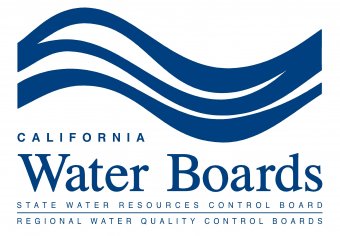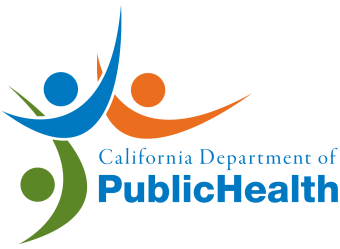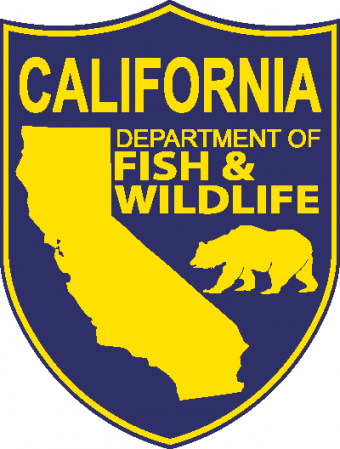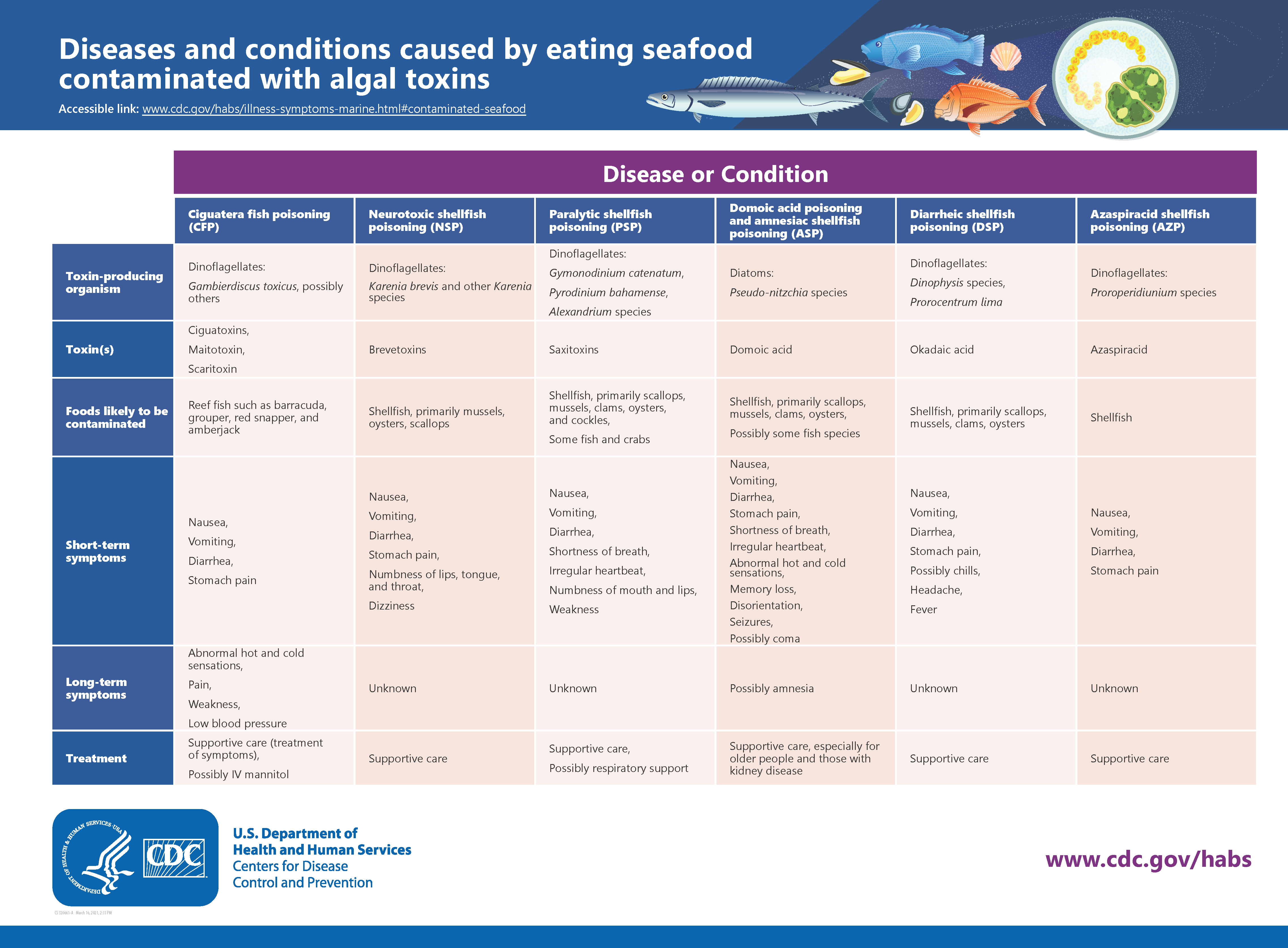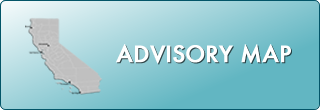Marine Harmful Algal Bloom (HAB)-Related Illness Tracking
What are marine harmful algal bloom (HAB)-related illnesses?
When phytoplankton and algae in marine waters occur or produce biotoxins (e.g., domoic acid) at levels that pose a health risk to humans, animals, and the environment, they are referred to as marine harmful algal blooms (HABs). The US Centers for Disease Control and Prevention (CDC) provide resources on potential human and animal exposures to marine HABs or associated marine biotoxins via skin contact or inhalation, or consumption of fish and shellfish.
- People exposed to marine HABs via water contact may experience irritation of the eyes, skin, or respiratory system, even when toxins are not present.
- People exposed to marine biotoxins via ingestion of contaminated seafood may experience nausea, vomiting, diarrhea, or neurological symptoms. The most commonly occurring HAB biotoxins in California are paralytic shellfish poisoning (PSP) toxins and domoic acid (DA).
- Contact a medical provider or the California Poison Control System (1-800-222-1222) if you experience any of these symptoms after potential exposure to marine HABs or marine biotoxins.
- Marine mammals, birds, and turtles may become stranded onshore with neurological symptoms associated with ingestion of marine HABs and marine biotoxins, particularly DA.
- Mass fish and invertebrate “kill” events may occur during some types of marine HABs such as a Heterosigma akashiwo “red tide” bloom.
How can I protect myself, my family, and my pets from marine HAB-related illness?
- Check to see if the ocean water has scum or is discolored prior to water contact.
- Follow health advisories for marine biotoxins in fish and shellfish.
- Note that water appearance or color is not a reliable indicator for seafood contamination.
- Unlike some other causes of foodborne illness, HAB toxins are not destroyed by storage, such as freezing or salting, or by cooking, such as grilling or frying.
- Do not eat finfish or shellfish sold as bait. Bait products do not need to meet the same food safety regulations as seafood products intended for human consumption.
- Follow CDC's general guidelines to protect yourself and your pets.
Who is tracking HAB-related illnesses in California?
The Interagency HAB-related Illness Workgroup investigates and tracks potential HAB-related illnesses in humans and animals throughout California. The workgroup includes staff from the Office of Environmental Health Hazard Assessment (OEHHA), the State Water Resources Control Board (SWRCB), the California Department of Public Health (CDPH), and the California Department of Fish and Wildlife (CDFW). All reported potential illnesses are evaluated based on the available environmental and health-related information. The number of illnesses considered HAB-related are included in the final summaries (as noted below).
- State and local public health programs also monitor the occurrence of potential marine HAB-related human illnesses. Shellfish poisoning in humans has been a public health reportable condition in California for many decades. This information is used along with other surveillance tools (such as monitoring phytoplankton and testing shellfish) to identify risks and to evaluate the strategies for preventing such human illnesses.
Freshwater or estuarine HAB-related illnesses in California are also investigated and tracked by this workgroup. Please report any suspected freshwater HAB or potential freshwater HAB-related illness by filling out the Online Freshwater HAB Report Form, including the illness information section, or emailing CyanoHAB.Reports@waterboards.ca.gov. For more information on freshwater HABs, see the CA HABs Portal.
How can I notify the HAB-related illness workgroup of a potential marine HAB-related illness in California?
Potential marine HAB-related illness in humans:
- Please email CDPH at Thomas.Hayashi@cdph.ca.gov. This notification does not replace contacting a medical provider for any current health concerns or reporting the illness to the appropriate county public health officer.
Potential marine HAB-related illness in domestic or wild animals:
- Please provide information via email to marinehab@oehha.ca.gov. Remember to also promptly contact resource agencies and animal rescue organizations if a live or dead wild marine mammal, bird, or turtle is found.
- To report a sick or injured marine mammal or turtle, please contact the nearest marine animal rescue center or call the National Oceanic and Atmospheric Administration (NOAA) west coast marine mammal stranding hotline at (866) 767-6114.
- To report a dead marine mammal or turtle, please contact the nearest stranding/floating center or call the NOAA west coast marine mammal stranding hotline at (866) 767-6114.
- For all other wildlife death (e.g., fish, birds, non-marine wildlife), please report them to the CDFW’s online mortality reporting system.
- When reporting sick, injured, or dead animal(s), be ready to provide:
- the species and/or description of the animal,
- the number of animals involved,
- the animal’s condition (e.g., alive, deceased, injured, orphaned),
- the exact location,
- names and contact information of the people involved, and
- the date/time of your observation.
How many marine HAB-related illnesses have been reported for California?
In 2020, CDPH began reporting marine HAB-related human and animal illnesses from California to the CDC’s One Health Harmful Algal Bloom System (OHHABS).
Marine animal (birds and mammals) strandings related to DA are reported to the Southern California Coastal Ocean Observing System (SCCOOS) by many of the California marine animal rescue centers with the exception of the Northcoast Marine Mammal Center and the Channel Islands Marine Wildlife Institute (prior to June 2020). The HAB-related Illness Workgroup has tracked marine HAB-related illnesses for wild marine birds and mammals since 2019, and submitted the illness reports to OHHABS (see Table 1). SCCOOS has developed an interactive tool for suspected DA marine mammal strandings (Figure 1).
Figure 1. SCCOOS interactive tool for suspected DA marine mammal strandings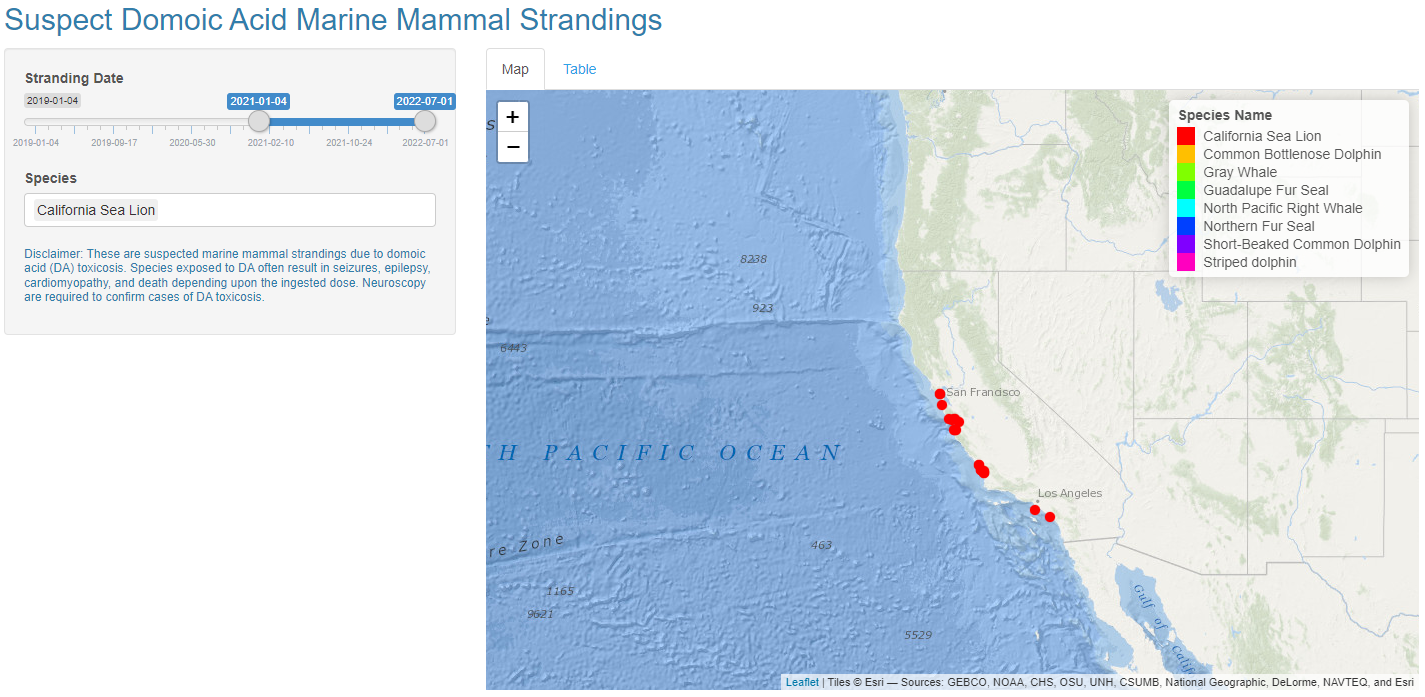
Human and marine invertebrate marine HAB-related illnesses reported for California are also included in Table 1 for previous years (2019-2022), the most recent year (2023), and the overall total reported.
| Category | 2019-2022 | 2023 | Total |
|---|---|---|---|
| Human (water contact) | 4 | 2 | 6 |
| Dog | 0 | 2 | 2 |
| Marine Fish and Invertebrates | 5 | 4 | 9 |
| Marine Mammals and Birds | 422 | 1010 | 1432 |
| California Sea Lions | 384 | 909 | 1293 |
How are HAB-related illnesses being tracked across the United States?
The CDC’s OHHABS is a voluntary reporting system available to state and territorial public health departments and their designated environmental and animal health partners. It collects data on individual human and animal illness cases from HAB-associated exposures, as well as environmental data about HAB events. OHHABS is an example of One Health surveillance. The One Health approach recognizes that human, animal, and environmental health are interconnected, and that human health, animal health, and environmental health communities can more effectively address related health challenges by working together.
- CDC OHHABS fact sheet
- CDC, 2022. OHHABS 2020 Summary Report.
- CDC, 2021. OHHABS 2019 Summary Report.
- CDC, 2021. Evaluation of Syndromic Surveillance Data for Studying Harmful Algal Bloom-Associated Illnesses — United States, 2017–2019.
- CDC, 2020. OHHABS 2016–2018 Summary Report and OHHABS supplemental tables and figures
- US Environmental Protection Agency, 2018. One Health Approach to Harmful Algal Blooms
- Hilborn and Beasley, 2018. One Health and Cyanobacteria in Freshwater Systems: Animal Illnesses and Deaths are Sentinel Events for Human Health Risks.
For more information on marine HABs:
- Domoic Acid in Fish and Shellfish (OEHHA)
- Frequently Asked Questions about Domoic Acid in Seafood (OEHHA)
- Health Advisories for California Finfish, Shellfish, and Crustaceans (CDFW)
- Marine Biotoxin Monitoring Program (CDPH)
- California HAB Bulletin (SCCOOS)
- Harmful Algal Bloom Monitoring and Alert Program (HABMAP)
- Red Tides in California (Sea Grant California)
- Overview of shellfish, pufferfish, and other marine toxin poisoning (UpToDate)
- How to Report Seafood-Related Toxin and Scombrotoxin Fish Poisoning Illnesses (US Food and Drug Administration)
- Facts About Marine HABs for Poison Center Professionals (CDC)

